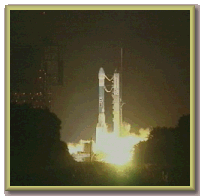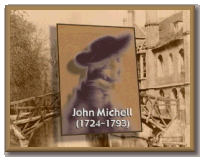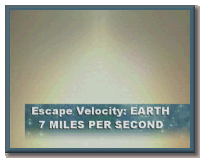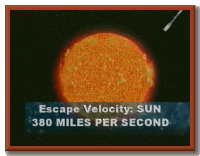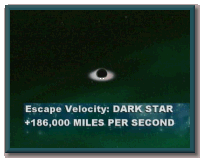|
The idea of a place where gravity is so strong that not even light can escape dates back to the 18th century. Sir Iisaac Newton's theories of gravity got an Englishman, John Michell thinking about extreme gravity. |
|
|
|
No portrait of Michell survives-perhaps appropriate for someone who thought up places which can't be seen-but we know he was a professor of geology here in Cambridge, England, before becoming a priest. |
|
Long before the invention of telescopes like Hubble and Chandra, Michell had to work from first principles-mass, gravity and what's now called "escape velocity." To break free of Earth's gravity requires an upward speed-or escape velocity-of about 7 miles per second. |
|
|
|
Michell imagined places much more massive than Earth, and did the math. If you wanted to launch a rocket from the surface of the Sun, you'd have to reach a speed of 380 miles per second. Michell-like Newton-thought of light as tiny particles. And he suggested not even a beam of light-traveling at 186,000 miles per second-could escape from a place with a size and mass 500 times that of the Sun. |
|
Back in 1783 he'd come up with the basic concept of "dark stars"-what today we call a "black hole." |
|
|
Black Holes
Black Holes: The Invisible Vampires
|
